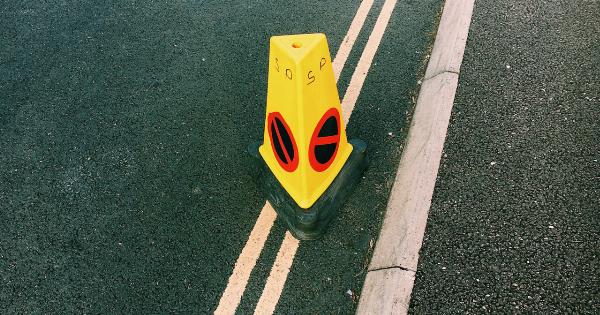Stretching has always been an essential part of any fitness routine. Not only does it help you improve your flexibility, but it also reduces your risk of injury during exercise and promotes faster recovery after a workout.
However, despite its numerous benefits, there are still many misconceptions about stretching that need to be debunked. In this article, we will explore five common stretching myths and explain why you need to know the truth.
Myth 1: Stretching Before Exercise Prevents Injury
For many years, experts believed that stretching before exercise was crucial to prevent injury.
However, recent studies have shown that static stretching, which involves holding a stretch for an extended period, may actually weaken your muscles and make them less efficient during exercise. Dynamic stretching, on the other hand, involves more movement and can help prepare your body for the physical demands of your workout.
So, instead of spending ten minutes doing static stretches before a workout, try a few minutes of dynamic stretching, such as high knees or butt kicks, to prepare your muscles and prevent injury.
Myth 2: You Should Stretch Until It Hurts
Many people believe that stretching should be painful to be effective. However, this is not true. Stretching should feel like a gentle pulling sensation, but it should never be uncomfortable or painful.
Stretching too aggressively can cause muscle damage and lead to injury. If you feel any sharp or intense pain during stretching, stop immediately and consult a healthcare professional. Remember, stretching should help you relax and feel good, not cause pain.
Myth 3: You Only Need to Stretch Before and After Exercise
Stretching before and after exercise is important, but it’s not enough to maintain your flexibility and prevent injury. You should aim to stretch daily, even on non-workout days.
Sitting at a desk all day or standing for long periods can cause tightness in your muscles, which can lead to pain and discomfort. So, take a few minutes each day to stretch your muscles and ease tension. It can be as simple as stretching your arms and shoulders while at your desk or doing some gentle yoga poses before bed.
Myth 4: Stretching Can Make You More Flexible Overnight
Many people believe that stretching for a few minutes each day will make them more flexible almost overnight. Unfortunately, this is not the case. Becoming more flexible takes time and consistent effort.
You should aim to stretch each muscle group for at least 30 seconds to 1 minute each day to see noticeable improvements. Remember, stretching is a slow process, but the results are worth it.
Myth 5: Stretching Is Only for Athletes and Gym-goers
Stretching is not just for athletes and gym-goers. It’s an essential part of a healthy lifestyle that everyone can benefit from. Stretching can help improve your posture, reduce stress, and relieve tension.
It’s also an excellent way to warm up your muscles before any physical activity, such as gardening or hiking. So, even if you’re not a fitness enthusiast, taking a few minutes each day to stretch can improve your overall well-being.
Conclusion
Stretching is a simple and effective way to improve your flexibility, prevent injury, and promote faster recovery after exercise.
However, there are many misconceptions about stretching that need to be debunked to ensure you’re getting the most out of your stretching routine. Remember to focus on dynamic stretching before exercise, never stretch until it hurts, aim to stretch daily, understand that flexibility takes time, and understand that stretching is beneficial to everyone, not just athletes and gym-goers.



























